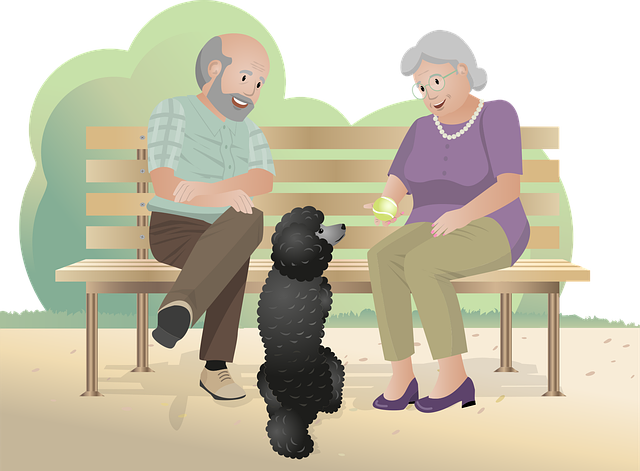Are you planning on having your elderly relatives come stay with you for a while or maybe permanently? If so, this is probably a good time to check and see if your home is suitable to have them live with you. After all, you don’t want to put their lives in danger or make things even more difficult for them just because of the state of your house. There are many different factors that could be considered when checking to see how suitable your home is for elderly relatives. Are there any hazards to keep in mind? Do they need special equipment such as walkers, wheelchairs, homelifts, or beds? How accessible is it? Does it meet their needs and wants? Are there enough bathrooms and bedrooms? Is everything in working order and easy to use? These are just some of the questions that you will need to ask yourself if you want to be sure that they will be safe living with you. The following are some helpful tips that can help in preparing your home for elderly relatives.

Table of Contents
Check for Hazards
When someone is elderly, there are certain hazards that can pose a risk to their safety. It’s important to make sure that your home is free of dangerous items and substances. Things such as poisonous plants, pesticides, excess dust, breakable items, and even electrical cords should be stored away or removed from the home. Elderly people often have less mobility and strength than younger people, which can make it more difficult for them to avoid these hazards and injuries. There are other hazards that you may not think of that can pose a danger to elderly relatives. Things like stairs and walkways should be checked for loose boards, holes, and other problems that could cause a slip or fall. You may want to consider using railings or mats to prevent falls on stairs and walkways.
Install Handrails, Stair Rails and a homelift
Handrails should be installed beside each stairway in your home. This can help with balance and prevent accidents from happening. If your stairs are very steep, they may also need to have a railing installed along the edge of the stairs. You can also install stair rails on stairways that have a landing at each floor. These are especially helpful for keeping elderly people from falling down the stairs. Some stair rails come with a safety latch that allows them to be folded down when they are not being used. If your home has the space to install a homelift, you should check your options as well. Age Co Mobility is a great place to find homelifts for sale.
Add Lockable Shower Doors or Gates
If you have a shower in your home, you may want to consider adding a lockable shower door or shower gate. This can help to prevent an elderly person from falling or slipping in the shower. Lockable shower gates can be installed in a doorway. These can be used when there is a baby or small child in the home as well. You can also install a shower bench or seat or a shower chair if an elderly person can’t stand up in the shower or needs assistance. You can also install grab bars in your shower or near the toilet, so they can hold onto them while they are showering or sitting on the toilet.
Install Wheelchair-Accessible Light Switches
If your elderly relatives will be staying in your home and using the bathroom (which they probably will), you should consider installing a wheelchair-accessible light switch. This can be helpful if they can’t reach the regular light switch. These switches are designed with a lower and wider grip, making it easier to operate. They may have an extra large button or an elongated button that can be pressed with the knees. There are also audio touch switches that are audible, making them easier to use for people who are visually impaired. You can also install a low-profile or horizontal light switch in the bathroom for the same reasons. This can prevent the need for a wheelchair-accessible light switch.
Install a Walk-In Shower
There are many elderly people who have trouble standing and bending down to bathe or shower. If this is the case with your elderly relatives, you may want to consider installing a walk-in shower. This may take up some extra space in your bathroom, but it will make things much easier and safer for them. If you are remodeling your bathroom, you may want to consider taking out the tub and replacing it with a walk-in shower. If you don’t want to completely remove the tub, you can try installing a walk-in conversion kit. Some walk-in showers are designed to sit over the top of the tub and can be used as both a shower and a tub. You may want to consider getting a walk-in tub or a combination walk-in shower/tub if you don’t have enough room to put in a walk-in shower.
Conclusion
When you are preparing your home for elderly relatives, you want to make sure that they are safe, comfortable, and have everything they need like searching for a “blinds store near me” to make sure they are easily accessible and easy to use. This can be a difficult task if you don’t know where to start. The tips and ideas in this article can help you to ensure that your home is safe and ready to receive your elderly relatives. These tips can help you to check for hazards, install handrails and stair rails, add lockable shower doors or gates, install wheelchair-accessible light switches, and install a walk-in shower. Now you should be ready to host your elderly relatives with ease and comfort.
